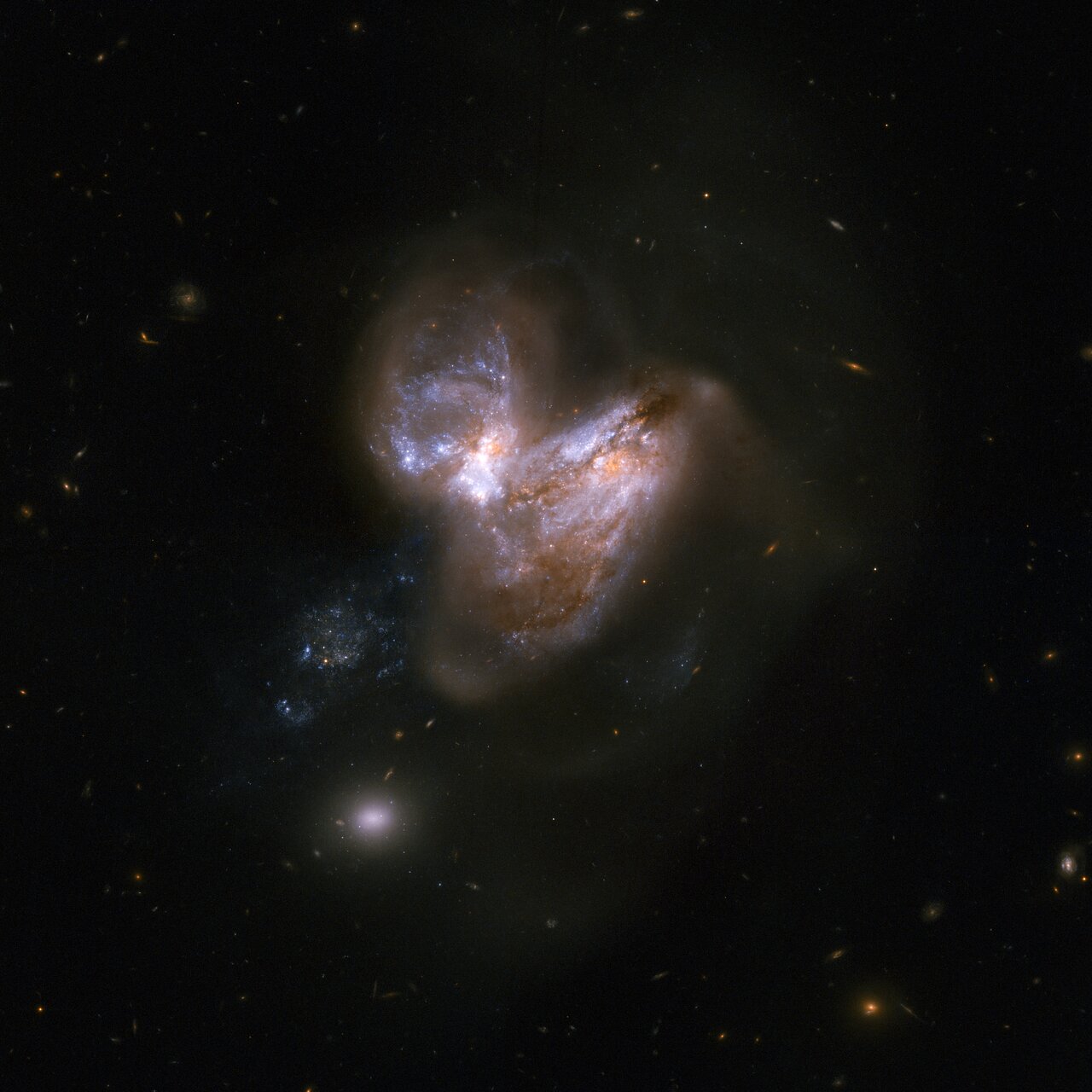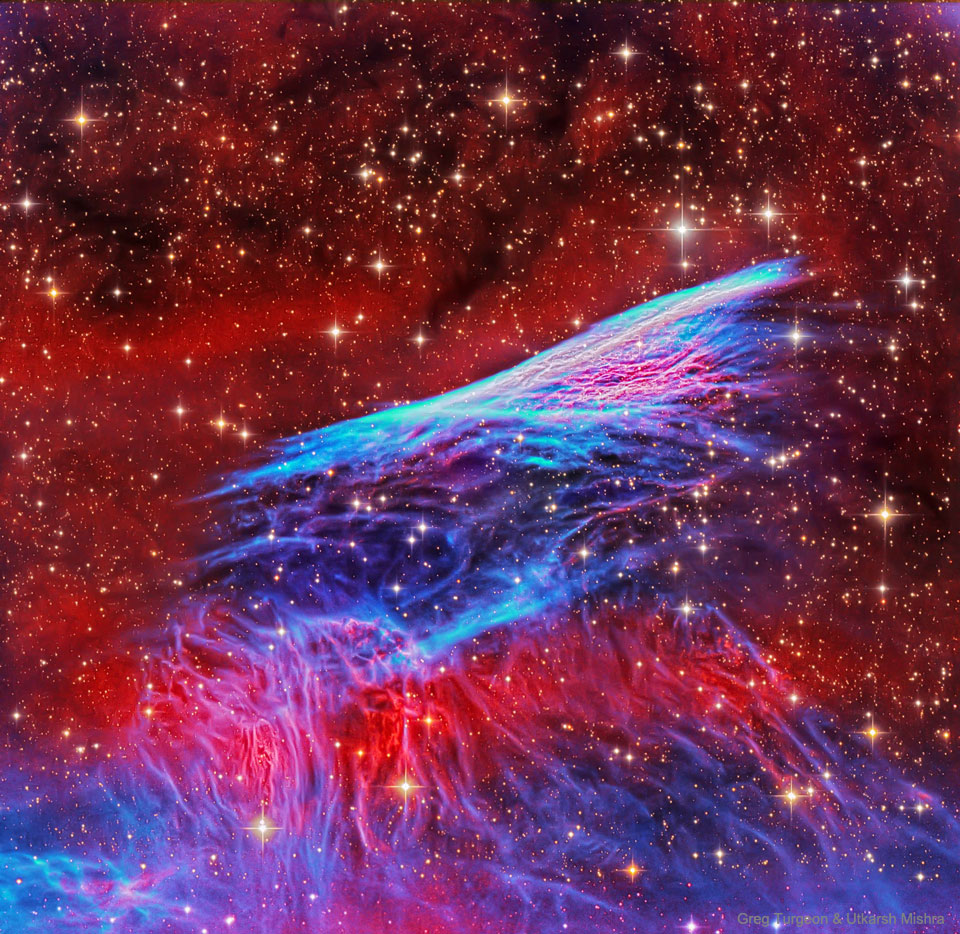Blog
Alton Purnell (April 16, 1911 – January 14, 1987) was an American jazz pianist. He was a longtime performer in Dixieland jazz. Purnell was born in New Orleans on April 16, 1911. His brother, Theodore, became a reed player.
Purnell sang before playing piano professionally, beginning to do so locally in New Orleans in 1928. He played in the 1930s with Isaiah Morgan, Alphonse Picou, Big Eye Louis Nelson, Sidney Desvigne, and Cousin Joe, and with Bunk Johnson in the middle of the 1940s. Purnell joined George Lewis‘s band after Johnson’s broke up in 1946, and remained there well into the 1950s, including for international tours.
more...Soleá (Soleares) por Buleriás is, as it’s name suggests, a Soleares with the pace and drive of a Bulerías.Often considered a hybrid form, Soléa por bulerías (also called Soleares por bulerías) is more like a point on the continuum between Soleares and Bulerías. Determining just where that point is can be a source of contention among professionals and aficionados. There are resources that state quite definitely that it is a sped up soleares and others that make it clear that it’s a slowed down bulerías. Adding to the potential for confusion, there are different names for this form: Bulería por Soleá, Soleabulería, Bulerías al golpe and Bulería pa escuchar.
more...
https://www.youtube.com/watch?v=TRciw1BDkSY
more...This system consists of a pair of galaxies, dubbed IC 694 and NGC 3690, which made a close pass some 700 million years ago. As a result of this interaction, the system underwent a fierce burst of star formation. In the last fifteen years or so six supernovae have popped off in the outer reaches of the galaxy, making this system a distinguished supernova factory. This image is part of a large collection of 59 images of merging galaxies taken by the Hubble Space Telescope and released on the occasion of its 18th anniversary on 24th April 2008.

Roy Linwood Clark (April 15, 1933 – November 15, 2018) was an American singer and musician. He is best known for having hosted Hee Haw, a nationally televised country variety show, from 1969 to 1997. Clark was an important and influential figure in country music, both as a performer and in helping to popularize the genre.
During the 1970s, Clark frequently guest-hosted for Johnny Carson on The Tonight Show and enjoyed a 30-million viewership for Hee Haw. Clark was highly regarded and renowned as a guitarist, banjo player, and fiddler. He was skilled in the traditions of many genres, including classical guitar, country music, Latin music, bluegrass, and pop. He had hit songs as a pop vocalist (e.g., “Yesterday, When I Was Young” and “Thank God and Greyhound”), and his instrumental skill had an enormous effect on generations of bluegrass and country musicians. He became a member of the Grand Ole Opry in 1987, and, in 2009, was inducted into the Country Music Hall of Fame. He published his autobiography, My Life—in Spite of Myself, in 1994.
more...Irving Herbert Pomeroy III (April 15, 1930 – August 11, 2007) was an American jazz trumpeter, teacher, and the founder of the MIT Festival Jazz Ensemble.
Pomeroy was born in Gloucester, Massachusetts, United States. He began playing trumpet at an early age. In his early teens he started performing in Boston, claiming inspiration from the music of Louis Armstrong. In 1946, at the age of 16, he became a member of the Musicians Union in Gloucester after the union did not have enough members to conduct a meeting. He studied dentistry at Harvard University for a year but dropped out to pursue his jazz career. After high school, he studied music from 1950 to 1952 at the Schillinger House in Boston.
Remaining in Boston, he played with Charlie Parker for one week in 1953, then briefly with Charlie Mariano, before going on tour with Lionel Hampton and Stan Kenton. Back in Boston, he played with Serge Chaloff and was hired to teach at Schillinger after it had been renamed the Berklee School of Music. During the latter part of the 1950s he was the leader of a sixteen-piece band which included Mariano, Bill Berry, Jaki Byard, Joe Gordon, and Boots Mussulli. For two years after that, he led another band, which included Alan Dawson, Hal Galper, Michael Gibbs, Dusko Goykovich, and Sam Rivers. He worked in pit orchestras for Broadway shows passing through Boston. Beginning in 1963 he led bands at the Massachusetts Institute of Technology. He led a band until 1993, two years before retiring from Berklee.
more...Richard Davis (born April 15, 1930) is an American jazz bassist. Among his best-known contributions to the albums of others are Eric Dolphy‘s Out to Lunch!, Andrew Hill‘s Point of Departure, and Van Morrison‘s Astral Weeks, of which critic Greil Marcus wrote (in The Rolling Stone Illustrated History of Rock and Roll), “Richard Davis provided the greatest bass ever heard on a rock album.”
Born in Chicago, Davis began his musical career with his brothers, singing bass in his family’s vocal trio. He studied double bass in high school with his music theory teacher and band director, Walter Dyett. He was a member of Chicago Youth Symphony Orchestras (then known as the Youth Orchestra of Greater Chicago) and played in the orchestra’s first performance at Chicago’s Orchestra Hall on November 14, 1947. After high school, he studied double bass with Rudolf Fahsbender of the Chicago Symphony Orchestra while attending VanderCook College of Music.
After college, Davis performed in dance bands. The connections he made led him to pianist Don Shirley. In 1954 he and Shirley moved to New York City and performed together until 1956, when Davis began playing with the Sauter-Finegan Orchestra. In 1957, he became part of Sarah Vaughan‘s rhythm section, touring and recording with her until 1960.
more...This supernova shock wave plows through interstellar space at over 500,000 kilometers per hour. Near the middle and moving up in this sharply detailed color composite, thin, bright, braided filaments are actually long ripples in a cosmic sheet of glowing gas seen almost edge-on. Cataloged as NGC 2736, its elongated appearance suggests its popular name, the Pencil Nebula. The Pencil Nebula is about 5 light-years long and 800 light-years away, but represents only a small part of the Vela supernova remnant. The Vela remnant itself is around 100 light-years in diameter, the expanding debris cloud of a star that was seen to explode about 11,000 years ago. Initially, the shock wave was moving at millions of kilometers per hour but has slowed considerably, sweeping up surrounding interstellar material. In the featured narrow-band, wide field image, red and blue colors track, primarily, the characteristic glows of ionized hydrogen and oxygen atoms, respectively.

Matima Kinuani Mpiosso April 14th 1951-1996 Zairian Guitarist and leader of the group Za’iko Langa Langa which he formed while he was in school. He combined Zairian folk tunes with rock to produce an original sound that was popular in Europe and Japan. Arthritis stopped him from playing before his early death.
https://www.youtube.com/watch?v=o9_oNt0tIwg
more...Eugene “Jug” Ammons (April 14, 1925 – August 6, 1974), also known as “The Boss”, was an American jazz tenor saxophonist. The son of boogie-woogie pianist Albert Ammons, Gene Ammons is remembered for his accessible music, steeped in soul and R&B.
Born in Chicago, Illinois, Ammons studied music with instructor Walter Dyett at DuSable High School. Ammons began to gain recognition while still at high school when in 1943, at the age of 18, he went on the road with trumpeter King Kolax‘s band. In 1944 he joined the band of Billy Eckstine (who bestowed on him the nickname “Jug” when straw hats ordered for the band did not fit), playing alongside Charlie Parker and later Dexter Gordon. Notable performances from this period include “Blowin’ the Blues Away,” featuring a saxophone duel between Ammons and Gordon. After 1947, when Eckstine became a solo performer, Ammons then led a group, including Miles Davis and Sonny Stitt, that performed at Chicago’s Jumptown Club. In 1949 Ammons replaced Stan Getz as a member of Woody Herman‘s Second Herd, and then in 1950 formed a duet with Sonny Stitt.
The 1950s were a prolific period for Ammons and produced some acclaimed recordings such as “The Happy Blues” (1955). Musicians who played in his groups, apart from Stitt, included Donald Byrd, Jackie McLean, John Coltrane, Kenny Burrell, Mal Waldron, Art Farmer, and Duke Jordan.
more...Milton “Shorty” Rogers (born Milton Rajonsky; April 14, 1924 – November 7, 1994) was one of the principal creators of West Coast jazz. He played trumpet and flugelhorn and was in demand for his skills as an arranger.
Rogers worked first as a professional musician with Will Bradley and Red Norvo. From 1947 to 1949, he worked extensively with Woody Herman and in 1950 and 1951 he played with Stan Kenton. On June 7, 1953, Rogers and his orchestra, including Johnny “Guitar” Watson, performed for the famed ninth Cavalcade of Jazz concert at Wrigley Field in Los Angeles, produced by Leon Hefflin, Sr. Also featured that day were Roy Brown and his Orchestra, Don Tosti and His Mexican Jazzmen, Earl Bostic, Nat “King” Cole, and Louis Armstrong and his All Stars with Velma Middleton.
more...Ali Akbar Khan (14 April 1922 – 18 June 2009) was an Indian Hindustani classical musician of the Maihar gharana, known for his virtuosity in playing the sarod. Trained as a classical musician and instrumentalist by his father, Allauddin Khan, he also composed numerous classical ragas and film scores. He established a music school in Calcutta in 1956, and the Ali Akbar College of Music in 1967, which moved with him to the United States and is now based in San Rafael, California, with a branch in Basel, Switzerland.
Khan was instrumental in popularizing Indian classical music in the West, both as a performer and as a teacher. He first came to America in 1955 on the invitation of violinist Yehudi Menuhin and later settled in California. He was a Distinguished Adjunct Professor of Music at the University of California, Santa Cruz. Khan was accorded India’s second highest civilian honour, the Padma Vibhushan, in 1989. Nominated five times for the Grammy Award, Khan was also a recipient of the MacArthur Fellowship and the National Endowment for the Arts‘ National Heritage Fellowship.
Ali Akbar Khan was born in the village of Shibpur, Brahmanbaria, in present-day Bangladesh, to renowned musician and teacher, Allauddin Khan and Madina Begum. Soon after his birth, Khan’s family returned to Maihar (in present-day Madhya Pradesh, India) where his father was the primary court musician for the Maharaja of the princely state.
more...This extraordinary image from the NASA/ESA Hubble Space Telescope of the galaxy cluster Abell 2813 (also known as ACO 2813) has an almost delicate beauty, which also illustrates the remarkable physics at work within it. The image spectacularly demonstrates the concept of gravitational lensing. In amongst the tiny dots, spirals and ovals that are the galaxies that belong to the cluster, there are several distinct crescent shapes. These curved arcs of light are strong examples of a phenomenon known as gravitational lensing. The image was compiled using observations taken with the Hubble Space Telescope’s Advanced Camera for Surveys (ACS) and Wide Field Camera 3 (WFC3). Gravitational lensing occurs when an object’s mass causes light to bend. The curved crescents and s-shapes of light in this image are not curved galaxies, but are light from galaxies that actually lie beyond Abell 2813. The galaxy cluster has so much mass that it acts as a gravitational lens, causing light from more distant galaxies to bend around it. These distortions can appear as many different shapes, such as long lines or arcs. This very visual evidence that mass causes light to bend has been famously used as a proof of one of the most famous scientific theories: Einstein’s theory of general relativity.

Albert Leornes Greene (born April 13, 1946 Forrest City, AK) is an American singer, songwriter and record producer best known for recording a series of soul hit singles in the early 1970s, including “Take Me to the River“, “Tired of Being Alone“, “I’m Still in Love with You“, “Love and Happiness“, and his signature song, “Let’s Stay Together“. After an incident in which his girlfriend died by suicide, Green became an ordained pastor and turned to gospel music. He later returned to secular music.
Green was inducted to the Rock and Roll Hall of Fame in 1995. He was referred to on the museum’s site as being “one of the most gifted purveyors of soul music”. He has also been referred to as “The Last of the Great Soul Singers”. Green is the winner of 11 Grammy Awards, including the Grammy Lifetime Achievement Award. He has also received the BMI Icon award and is a Kennedy Center Honors recipient. He was included in the Rolling Stone list of the 100 Greatest Artists of All Time, ranking at No. 65, as well as its list of the 100 Greatest Singers, at No. 14.
more...Lowell Thomas George (April 13, 1945 – June 29, 1979) was an American singer, songwriter, multi-instrumentalist, and record producer, who was the primary guitarist, vocalist, and songwriter for the rock band Little Feat.
Lowell George was born in Hollywood, California, the son of Willard H. George, a furrier who raised chinchillas and supplied furs to the movie studios. George’s first instrument was the harmonica. At the age of six he appeared on Ted Mack’s Original Amateur Hour performing a duet with his older brother, Hampton. As a student at Hollywood High School (where he befriended Paul Barrere and future wife Elizabeth), he took up the flute in the school marching band and orchestra. He had already started to play Hampton’s acoustic guitar at age 11, progressed to the electric guitar by his high school years, and later learned to play the saxophone, shakuhachi and sitar. During this period, George viewed the teen idol-oriented rock and roll of the era with contempt, instead favoring West Coast jazz and the soul jazz of Les McCann and Mose Allison. Following graduation in 1963, he briefly worked at a gas station (an experience that inspired such later songs as “Willin’“) to support himself while studying art and art history at Los Angeles Valley College for two years. On June 15, 1979, George began a tour in support of his solo album, Thanks I’ll Eat it Here. On June 29, the morning after an appearance at Washington, D.C.’s Lisner Auditorium where the bulk of Waiting for Columbus had been recorded in 1977, George collapsed and died of a heart attack in his Arlington, Virginia, hotel room at the Twin Bridges Marriott. His heart attack was caused by an accidental cocaine overdose.
more...John William “Jack” Casady (born April 13, 1944) is an American bass guitarist, best known as a member of Jefferson Airplane and Hot Tuna. Jefferson Airplane became the first successful exponent of the San Francisco Sound. Their singles, including “Somebody to Love” and “White Rabbit“, had a more polished style than their other material, and successfully charted in 1967 and 1968. Casady, along with the other members of Jefferson Airplane, was inducted into the Rock and Roll Hall of Fame in 1996.
Casady was born in Washington D.C., the son of Mary Virginia (née Quimby) and William Robert Casady. His father was of half Irish Protestant and half Polish Jewish ancestry. His mother was a relative of aviator Harriet Quimby; some of her family had been in North America since the 1600s. First playing as a lead guitarist with the Washington, D.C.-area rhythm and blues band The Triumphs, he switched to bass during his high school years, and while still underage (and with a forged I.D.) played the Washington D.C. club scene, backing artists such as Little Anthony and the Imperials.
more...More Posts
- Muhal Richard Abrams Day
- World Music with Mohammed Ahmed Sorour
- Daily Roots with Black Omolo
- The Cosmos with NGC 3597
- Louis Myers Day
- Frank Socolow Day
- World Music with Lazaro Ros
- Daily Roots with Coco Tea
- The Cosmos with AM 0644-741
- Jack McDuff Day
- Blind James Campbell Day
- World Music with Rosie & Allen Sula
- Daily Roots with Joe Gibbs and the Professionals
- The Cosmos with the Sun
- B. B. King Day
- Charlie Byrd Day
- Joe Venuti Day
- World Music with Mihrigul Hesen
- Daily Roots with the Twinkle Brothers
- “Second Chance” Elliot Park 9-15-18 1pm